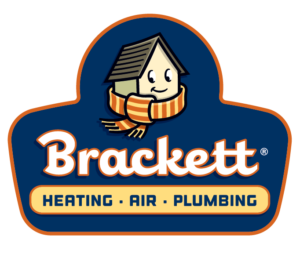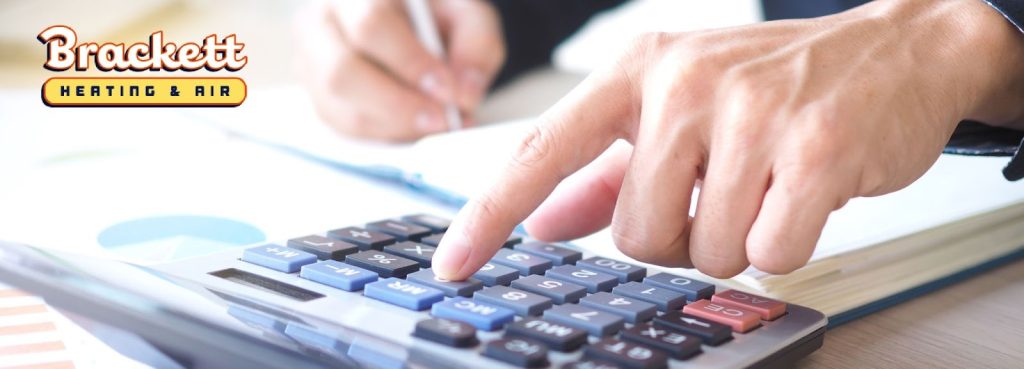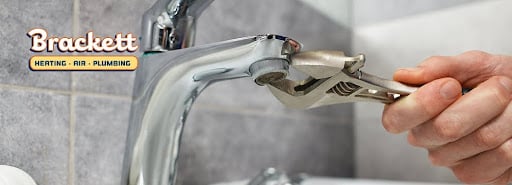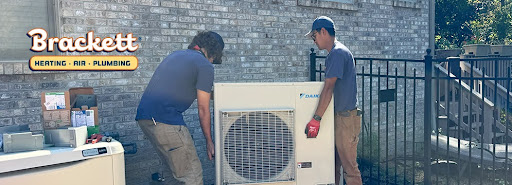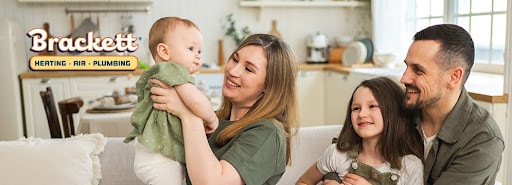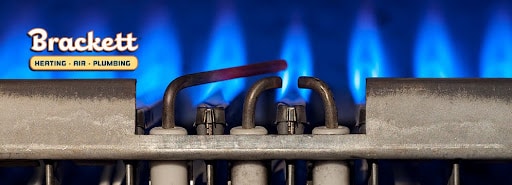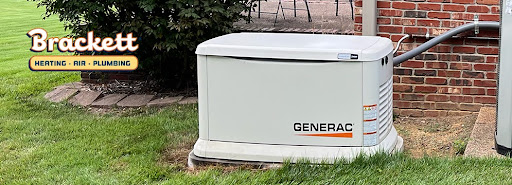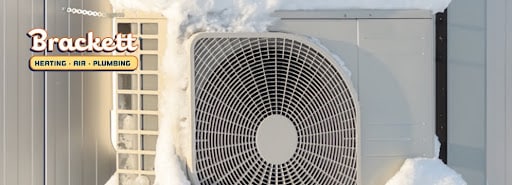How a Humidification System Can Reduce Your Energy Bill
When homeowners talk about humidity in their residences, it’s usually about trying to lower it. We read a lot about dehumidifiers and the damage too much moisture can cause, such as mildew and mold. But did you know that having too little humidity in your home can be harmful, too? A humidification system can alleviate the challenge of indoor air that’s too dry.
Why Should You Care About Dry Air Inside Your Home?
That’s a great question. The Environmental Protection Agency recommends indoor humidity be between 30% – 50%. Optimally, it should not exceed 60%. Achieving the best humidity level is a balancing act, but it can be done.
Too little humidity can cause skin irritations and other health issues such as sore throats, sinus problems and even more serious respiratory challenges. Besides the physical effects of dry air, home furnishings are also affected. Wood floors can warp, and wallpaper may crack. Static electricity may also result, which is harmful to electronic devices.
Extremely low humidity also causes your home to feel colder in the winter, which means you’ll likely crank up the thermostat to get the comfort level you desire. Setting the thermostat higher only makes the problem worse because even more moisture will be pulled from the air. Your overall energy costs will also go up with each increase in indoor temperature.
What’s the Answer to Balancing Humidity, Comfort and Expenses?
There’s a healthy balance of humidity in our homes that’s needed to maintain optimal health and indoor temperatures without breaking the bank on utility costs. Brackett Heating & Air has the information you need to get the highest level of comfort and health with a home humidifier or entire humidification system, while also keeping your energy costs under control.
Call Brackett today and allow one of our Comfort Specialists to show you how we can help.
